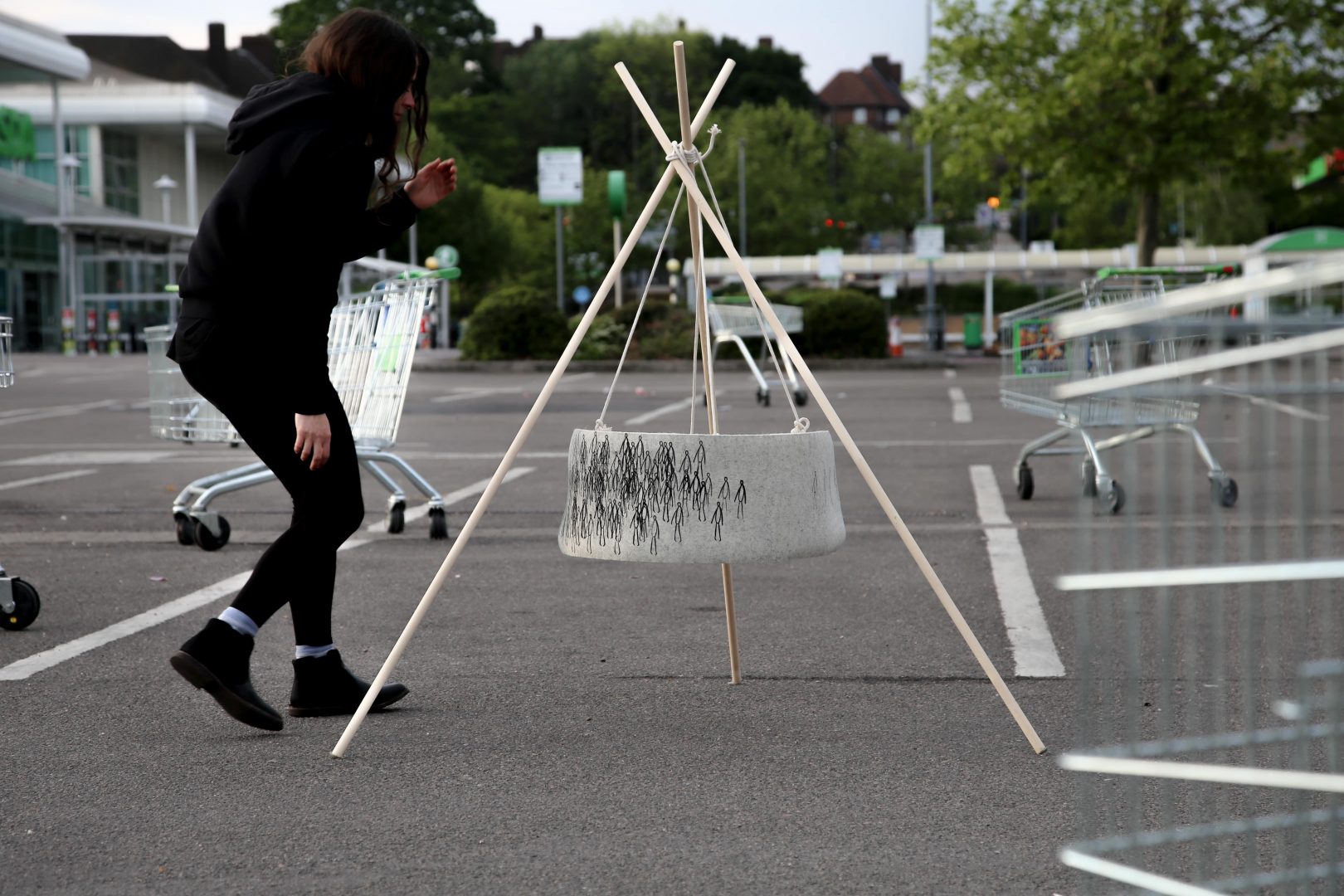The Open Call for the Social Art Award 2019 under the topic “We are the People – Peaceful Revolutions” was closed on December 15, 2019. We are very impressed by 558 submissions that were contributed by artists coming from 65 countries across all continents.
The winners of The Social Art Award 2019 are Narcissa Gold (USA), Melinda Mouzannar (Lebanon) and Bogna Grazyna Jaroslawski (Poland/Germany). The Honorary Mention goes to Kingson Kin Sing Chan (Hong Kong/UK).
Below you find the artworks, that passed the initial jury round. The public voting took place till 30 December and is a tool to give more public visibility to the topic and the artworks. It does not replace the final jury judgment. There were two wildcards for the most voted artworks that entered the final shortlist.
The focus diversity of applications shows that artists are active in the multi-faceted fields of socially engaged art reflecting on wars, genocides, femicides, traumata, violence against refugees, children, women, men, disabled people, LGBTIQs, animals. They share feelings for the planet and its living species, but also showing hopelessness due to complex crises be it climate change (e.g. in regard to water pollution), capitalism, corruption, a violation against human rights, nature, protected national parks. Many of the artists are constantly trying to give a voice to the poorest or empower unheard social groups.
It’s not only about peaceful revolutions, but it’s also about feeling a deep connection and showing love and respect for each other.
Thank you all for sharing your great and inspirational work and look at all the great contributions!
To Make a Movement
Celine Ducret
open category
Our current world is not only warming up drastically but it is urbanizing. With the urban expansion, the social stratum is being more visible. While the richest get higher and higher closer to the clouds, the poorest goes closer from the soil and the slum grows, expanding on the city outskirt. While the city represents the hopes of better condition of being, the reality of it differs for many. As such, the city is a representation of the society itself and its construct. There is a sense of urgency, frenetic movement of populations, migrating toward the -better- but in this glimpse of utopian thinking what is the reality. Time has become a commodity and as being the subjects of the world Kingdom, we are tied to be into the modern slavery of depts. Within this framing claiming the us of our time becomes a radical act of revolt on its own rights. However, while challenging this notion of time it enhances the notion of choices, desire and decision about what kind of citizens we would like to be. Trapped in between the half choices there is no time to take the time to think and look at alternative space to stop and potentially interact with the radical steps towards ideas of cultural transition and systemic changes. How can art catalyze change?: Trapped in between the half choices there is no time to take the time to think and look at alternative space to stop and potentially interact with the radical steps towards ideas of cultural transition and systemic changes.
Our current world is not only warming up drastically but it is urbanizing. With the urban expansion, the social stratum is being more visible. While the richest get higher and higher closer to the clouds, the poorest goes closer from the soil and the slum grows, expanding on the city outskirt. While the city represents the hopes of better condition of being, the reality of it differs for many. As such, the city is a representation of the society itself and its construct. There is a sense of urgency, frenetic movement of populations, migrating toward the -better- but in this glimpse of utopian thinking what is the reality. Time has become a commodity and as being the subjects of the world Kingdom, we are tied to be into the modern slavery of depts. Within this framing claiming the us of our time becomes a radical act of revolt on its own rights. However, while challenging this notion of time it enhances the notion of choices, desire and decision about what kind of citizens we would like to be. Trapped in between the half choices there is no time to take the time to think and look at alternative space to stop and potentially interact with the radical steps towards ideas of cultural transition and systemic changes. How can art catalyze change?: Trapped in between the half choices there is no time to take the time to think and look at alternative space to stop and potentially interact with the radical steps towards ideas of cultural transition and systemic changes.



